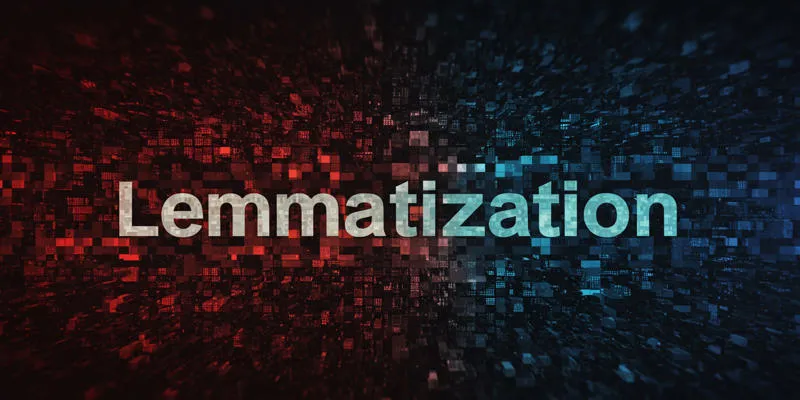Generative AI has revolutionized industrial operations by creating synthetic data for modeling, generating realistic images, and constructing predictive model structures. Among the various generative methods for data creation, GANs and VAEs are the most prominent today. While both excel in data generation, their unique principles for training and application implementation set them apart. This article provides a comprehensive comparison of GANs and VAEs, outlining their distinctive characteristics, benefits, limitations, and practical applications to aid in selecting the appropriate generative AI model for your needs.
The Rise of Generative AI

Generative AI plays a crucial role in industries such as healthcare, entertainment, and e-commerce by leveraging training data to develop pattern recognition and generate synthetic information. Three primary applications of this technology include synthetic human facial generation, dataset enhancement, and medication development. GANs and VAEs are favored generative models due to their unique benefits stemming from their distinct architectures and operational traits. Choosing the right generative model hinges on understanding their differences to align with your specific application requirements.
What Are GANs?
Generative Adversarial Networks (GANs), introduced by Ian Goodfellow in 2014, have gained global recognition for their ability to produce high-quality synthetic data. GANs comprise two interconnected neural networks: a generator network that produces fake data and a discriminator that evaluates the generated data against real examples. Through an adversarial process, the generator aims to deceive the discriminator into classifying its outputs as authentic, leading to the enhancement of the generator’s output generation capabilities.
Key Features of GANs
- GANs create realistic images with intricate details, producing high-quality outputs.
- Their ability to operate without labeled data makes them versatile for various tasks, especially in scenarios with limited labeled examples.
- GANs are utilized in tasks like image synthesis, style transfer, and video prediction.
Advantages of GANs
- GANs generate authentic visual and video content comparable to real examples.
- They exhibit flexibility in handling operations like grayscale-to-color domain conversion.
- GANs can train without input data pairs, accepting unpaired data during operation.
Limitations of GANs
- Training GANs can be unstable due to their competitive structure, leading to issues like mode collapse.
- GANs may not fully capture the variability in training data, restricting their output spectrum.
- The training of GANs demands significant computational resources due to iterative cycles.
What Are VAEs?
Variational Autoencoders (VAEs) are probabilistic systems that learn to convert input data into latent representations for generating new output samples. VAEs evaluate the quality of generated output using reconstruction loss, differing from GANs in their evaluation approach.
Key Features of VAEs
- VAEs compress initial data into a latent space before transforming it into synthetic samples.
- The training process of VAEs achieves stable convergence due to their architectural design.
- VAEs find applications in anomaly detection, medical imaging synthesis, and text generation.
Advantages of VAEs
- VAEs have a non-adversarial design, simplifying training and stability development.
- Researchers can analyze how features are represented within the model’s latent space.
- VAEs require fewer computational resources compared to GANs.
Limitations of VAEs
- While VAEs produce coherent results, their outputs may lack the level of detail achieved by GANs.
- The use of reconstruction loss in VAEs can lead to output images with reduced clarity due to blurring effects.
GANs vs. VAEs: Key Differences
Choosing between GANs and VAEs for generative AI entails evaluating their key aspects:
1. Output Quality
- GANs generate high-quality images suitable for gaming and advertising, while VAEs offer coherent but less detailed graphics, ideal for anomaly detection.
2. Training Complexity
- GAN training is complex due to hyperparameter sensitivity and issues like mode collapse, whereas VAE training is simpler and demands fewer computational resources.
3. Interpretability
- VAEs provide interpretable latent space representations, aiding in understanding feature distribution, while GANs present challenges in interpretation due to their black-box nature.
Hybrid Approaches: Combining GANs and VAEs

Researchers explore hybrid GAN-VAE techniques to leverage the strengths of both models while mitigating their weaknesses. For instance:
- Combining VAE decoders with GAN generators in a hybrid model provides high-quality results with interpretability.
- These hybrid techniques are applied in tasks such as hand pose analysis and brain wave studies.
Applications Across Industries
Various industries leverage GANs and VAEs for diverse applications:
Healthcare
- GANs generate artificial medical images for diagnostic model training while preserving patient privacy.
- VAEs analyze medical scan anomalies by assessing latent feature distributions.
Entertainment
- GANs create realistic video game characters and environments, while VAEs personalize content delivery based on user preferences.
E-Commerce
- GAN systems enhance product visual presentations through style transfer and text-to-image generation.
- VAEs anticipate customer behavior patterns through latent representation compression.
Conclusion
Choosing between GANs and VAEs depends on your project goals. GANs excel in creative and visual tasks requiring high output quality, while VAEs are suitable for stability, interpretability, and reduced computational requirements in research and anomaly detection. Businesses must understand the strengths and limitations of these generative AI models to maximize their benefits effectively.
 zfn9
zfn9






















